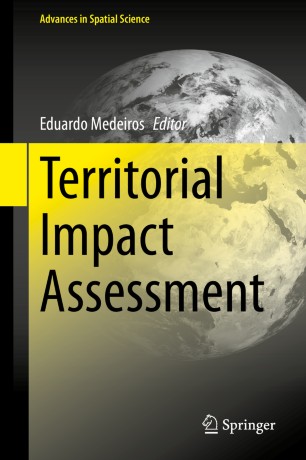

Most ebook files are in PDF format, so you can easily read them using various software such as Foxit Reader or directly on the Google Chrome browser.
Some ebook files are released by publishers in other formats such as .awz, .mobi, .epub, .fb2, etc. You may need to install specific software to read these formats on mobile/PC, such as Calibre.
Please read the tutorial at this link: https://ebookbell.com/faq
We offer FREE conversion to the popular formats you request; however, this may take some time. Therefore, right after payment, please email us, and we will try to provide the service as quickly as possible.
For some exceptional file formats or broken links (if any), please refrain from opening any disputes. Instead, email us first, and we will try to assist within a maximum of 6 hours.
EbookBell Team

4.8
14 reviewsThis book presents a comprehensive debate and analysis of existing Territorial Impact Assessment (TIA) methodologies, designed under the auspices of the ESPON programme since the mid-2000s. This is intended to serve as a TIA handbook for the reader, to better understand the main differences, advantages and shortcomings of each presented TIA methodology. It also serves as a manual for professors and students in the field of policy evaluation, and territorial analysis, as it presents concrete examples of the implementation of each TIA methodology, their formulas and intrinsic evaluation elements.
The purpose of policy evaluation methodologies is to check the main effects of private and public investments, in order to report back to policymakers and citizens on their efficiency and effectiveness. Over the past decades, both in Europe and worldwide, there has been an increasingly awareness of the need to implement/reinforce policy evaluation practices, at all territorial levels. At the same time, it has become widely accepted that many policy interventions produce impacts in more than one dimensions of territorial development. In this context, the use of a holistic and territorial approach for policy impact assessment evaluation has rapidly been adopted by the European Commission as a mainstream policy evaluation procedure.